 Abraham Lincoln
If given the truth, the people can be depended upon to meet any national crisis...
Abraham Lincoln
If given the truth, the people can be depended upon to meet any national crisis...
 Guildford news...
for Guildford people, brought to you by Guildford reporters - Guildford's own news service
Guildford news...
for Guildford people, brought to you by Guildford reporters - Guildford's own news service
Birdwatcher’s Diary No.222
Published on: 26 Dec, 2020
Updated on: 26 Dec, 2020
By Malcolm Fincham
Mentally drained by work, feeling hemmed in and shackled by the confusion of the rampant pandemic, little did I know that restrictions were to become even more severe in the day’s leading up to Christmas 2020. Fortunately, I still had the countryside to help keep me reasonably sane.
My birdwatching ventures were restricted by the dependence of the weather and work commitments to the Sundays leading up to the seasonal festivities. It was a relief to find an hour or so to set aside some time from this crazy world we now appear to be now living in. Being at one with nature is certainly one thing I can recommend to relieve one’s soul.
Spending a few hours at Tice’s Meadow, near Tongham, on Sunday, December 6, afforded some good therapy for me.
The feeding station was attracting a variety of garden birds. Although no rarities to reveal, it was good to spend a while in the hands of nature. Even the sight of a blue tit was a soothing one.
Adding to this, included a pod of long-tailed tits.
A few greenfinches.
Goldfinches.
A couple of dunnocks preferred to pick up seeds from the ground below the feeding station.
Both male and female house sparrows were also present.
And even a few siskins were beginning to be attracted to the feeding station.
In a tree by the brook, a mistle thrush was singing.
An interesting sighting was a brent goose. Usually they can be viewed in their thousands, having made their 2,500 mile trip from their breeding grounds in Siberia to our South-East coast during winter months. As often mentioned in previous reports.
This one, however, had obviously fallen short of its target. But it seemed quite content having been reported there for several weeks hanging out with a group of Canada as well as greylag geese, often flying off to other local reserves with them, then returning.
Gliding majestically over the reserve, a couple of red kites could be viewed, spending a good while attempting to find any carrion that might be in the need of collecting.
A while was spent in the hide looking out from the edge of the expanse of water.
A great crested grebe casually drifted past.
A little grebe flew out across the water from within the reed-beds nearby.
A group of shovellers had made it their winter home.
Also seen, though too distant to photograph, were gadwall, pochard and a few wigeon.
As the afternoon light began to fade, a group of 50 or more lapwings could be seen in flight, looking for a place to settle for the night.
Sunday, December 13 turned out to be a rather “soggy” one. Overcast and wet from dawn ‘till dusk. A fine drizzle persisted on a mild westerly wind.
I met up with good pals Bob and Dougal by the village hall in Jacobs Well. The prime reason of our proposed short visit was one of hope of viewing the white-fronted geese that continued to be reported at Burpham Court Farm, near Burpham. What could be more simple?
The thought of a relaxing hour or so was quite an appealing one to me, having worked the previous six days. Unfortunately, as I should have expected, things were not as we had hoped.
Not able to locate them there, I soon guessed I was about to be drawn into a wild goose chase. Taking a chance we moved on to another area between Bowers and Trigg’s Locks.
The best we could find there was a common snipe, inadvertently flushed from the marshland.
As a last resort we returned to Jacobs Well. Parking up by the village hall, we walked across Harry’s Field. The light, what there had been of it, was by now fading.
At first all we could see across the field were Canada geese. Looking through Dougal’s “scope”, however, reviled a few other species of geese including a few greylags.
Although distant and at first obscured just beyond some foliage, eventually we were able to count at least 18 “white- fronted” before the afternoon light faded their shapes beyond recognition.
Sometimes, when questioned how Russian white-fronted geese can be distinguished from the Greenland ones, I can’t resist replying: “Russian geese, because they fly faster!”
Both types (adults) have a large white patch at the front of the head around the beak and bold black bars on the belly. Siberian birds have pink bills, while Greenland birds have orange bills.
Russian white-fronts’ traditional wintering areas are usually in southern England, (although not commonly seen in Surrey). While the Greenland birds can be seen wintering in Ireland and the west of Scotland.
Having seen a group of them on the Isle of Sheppey back in March, it was a rarity to see them visiting Surrey!
Fortunately, for an addition to my diary report, Bob returned a few days later and found them still present. Better weather conditions achieved some much better photos.
And groups of Canada and greylag geese also mingled among the wintering wigeon there.
On Thursley Common both the little and rustic buntings remained present during the first weeks of December.
In addition, a great grey shrike had arrived from eastern Europe in resent days, with possible intentions of wintering there. Although a pleasant surprise, there I had a few concerns.
Known as the butcher bird, it could be quite possible that at least one of those rare buntings could end up hanging up in the shrike’s larder, on a spike in a tree, awaiting consumption.
In Shamley Green rooks had already paired up in the centre of the sleepy village and could be seen on occasions collecting nesting material, as well as plucking out grubs on the grassy verges.
Locally, pied wagtails had taken up their annual winter roost, looking like beautiful decorations as they assembled together in a tree outside the Travelodge hotel on Woodbridge Road by Walnut Tree Close.
Although not as many as seen in previous years, at least 80 could be seen most evenings in the weeks leading up to Christmas.
The continuation of mild weather during the first weeks of the month gave me a chance on sunnier days to watch my local group of starlings. Some of the resident ones could even be seen checking out nest holes in the eaves of my neighbours’ roofs.
House sparrows could also be seen prospecting possible future places to nest.
A robin softly sang from one of the adjacent gardens.
Although not bird related, possibly the most fascinating event of the month was on the day of this year’s Winter solstice when Jupiter and Saturn were in conjunction.
This was the closest together the two plants have been seen since 1623, which was nine years before Galileo published a controversial book to promote the idea that the Earth moves around the Sun. At the time his theory was lambasted by the Catholic Church, as it was believed then that our planet Earth was the centre of the universe.
Astrology and astronomy were both very controversial subjects in those days! And it would possibly still be contentious to mention that the age of Aquarius was now dawning? I wonder what will 2021 have in store?
Responses to Birdwatcher’s Diary No.222
Leave a Comment Cancel replyPlease see our comments policy. All comments are moderated and may take time to appear.
Recent Articles
- Guildford Institute’s Crowdfunding Project for Accessible Toilet in its New Community and Wellbeing Centre
- Letter: Guildford – Another Opportunity Missed?
- Letter: GBC’s Corporate Strategy – Where Is the Ambition?
- My Memories of John Mayall at a Ground-breaking Gig in Guildford Nearly Six Decades Ago
- Westborough HMO Plans ‘Losing the Heart of the Street’ Says Resident
- College Invests to Boost Surrey’s Economy and Close Digital Skills Gap
- Community Lottery Brings Big Wins for Local Charities
- GBC Housing Plan Promises ‘A Vibrant Urban Neighbourhood’ Near Town Centre
- Hospital Pillows ‘Shortage’ at the Royal Surrey
- Updated: Caravans Set Up Camp at Ash Manor School


Recent Comments
- Ian Macpherson on Updated: Main Guildford to Godalming Road Closed Until August 1
- Sara Tokunaga on GBC Housing Plan Promises ‘A Vibrant Urban Neighbourhood’ Near Town Centre
- Michael Courtnage on Daily Mail Online Reports Guildford Has Highest-paid Council Officer
- Alan Judge on GBC Housing Plan Promises ‘A Vibrant Urban Neighbourhood’ Near Town Centre
- John Perkins on GBC Housing Plan Promises ‘A Vibrant Urban Neighbourhood’ Near Town Centre
- S Collins on GBC Housing Plan Promises ‘A Vibrant Urban Neighbourhood’ Near Town Centre
Search in Site
Media Gallery
Dragon Interview: Local Artist Leaves Her Mark At One of England’s Most Historic Buildings
January 21, 2023 / No Comment / Read MoreDragon Interview: Lib Dem Planning Chair: ‘Current Policy Doesn’t Work for Local People’
January 19, 2023 / No Comment / Read MoreA3 Tunnel in Guildford ‘Necessary’ for New Homes, Says Guildford’s MP
January 10, 2023 / No Comment / Read More‘Madness’ for London Road Scheme to Go Ahead Against ‘Huge Opposition’, Says SCC Leader
January 6, 2023 / No Comment / Read MoreCouncillor’s Son Starts Campaign for More Consultation on North Street Plan
December 30, 2022 / No Comment / Read MoreCounty Council Climbs Down Over London Road Works – Further ‘Engagement’ Period Announced
December 14, 2022 / No Comment / Read MoreDragon Interview: GBC Reaction to the Government’s Expected Decision to Relax Housing Targets
December 7, 2022 / No Comment / Read MoreHow Can Our Town Centre Businesses Recover? Watch the Shop Front Debate
May 18, 2020 / No Comment / Read More




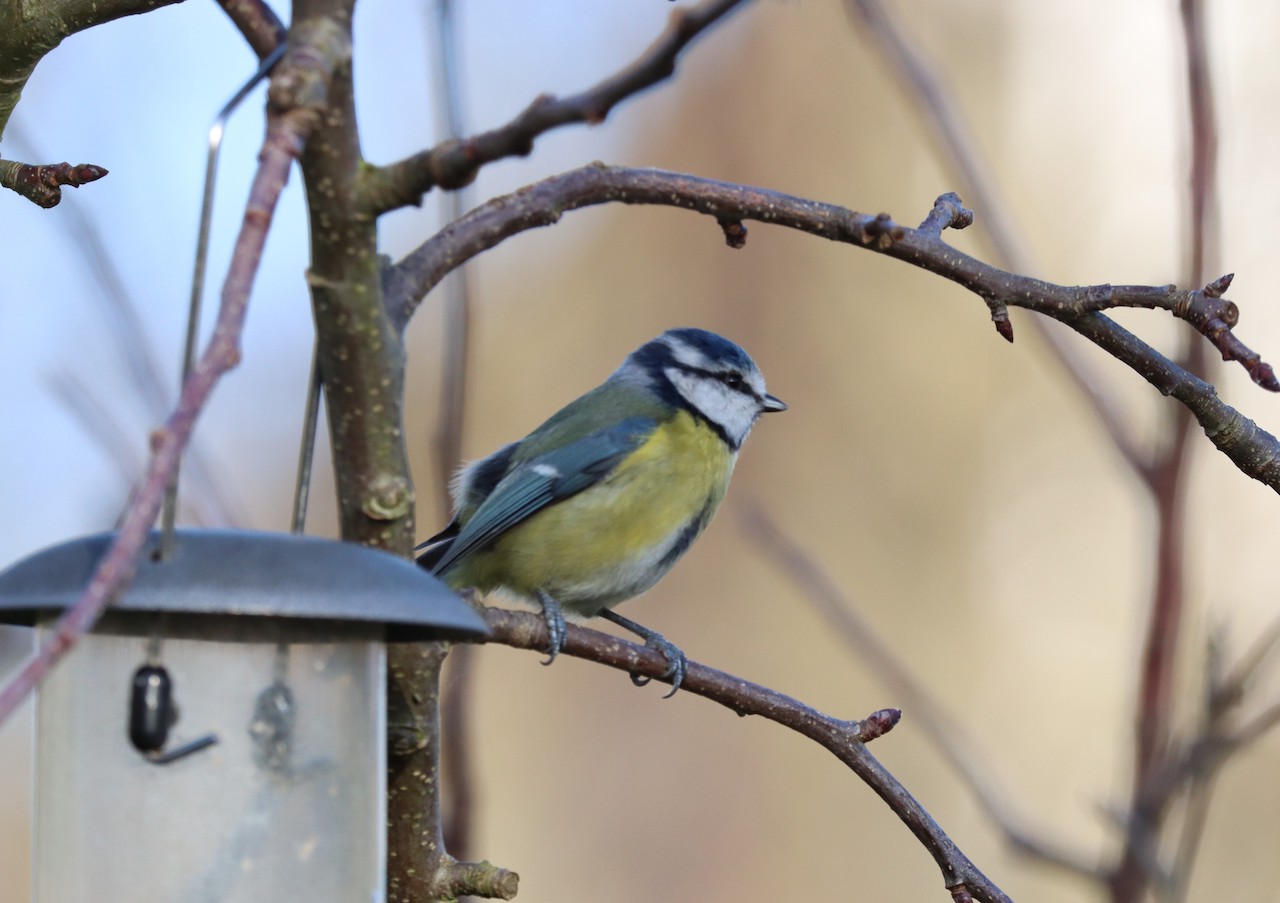
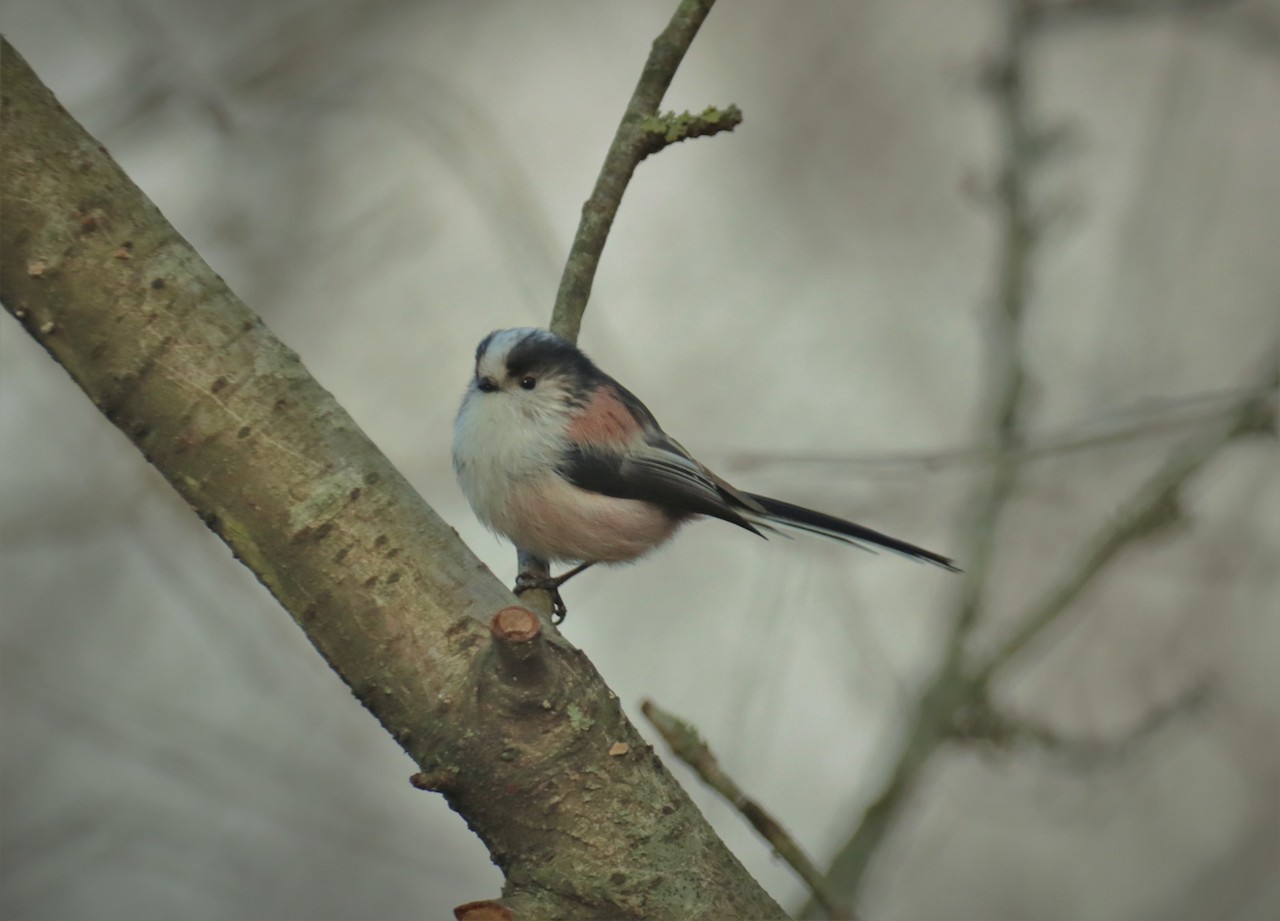
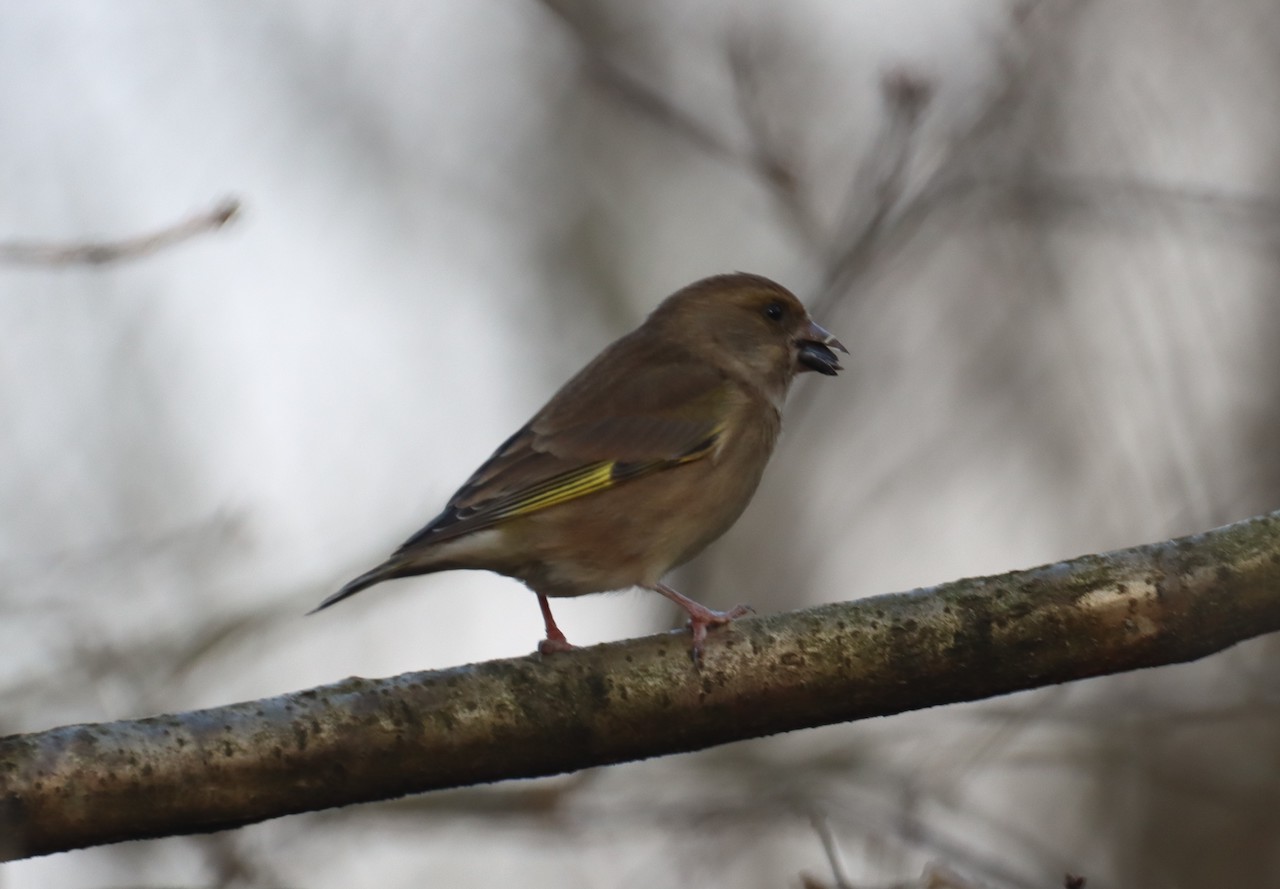
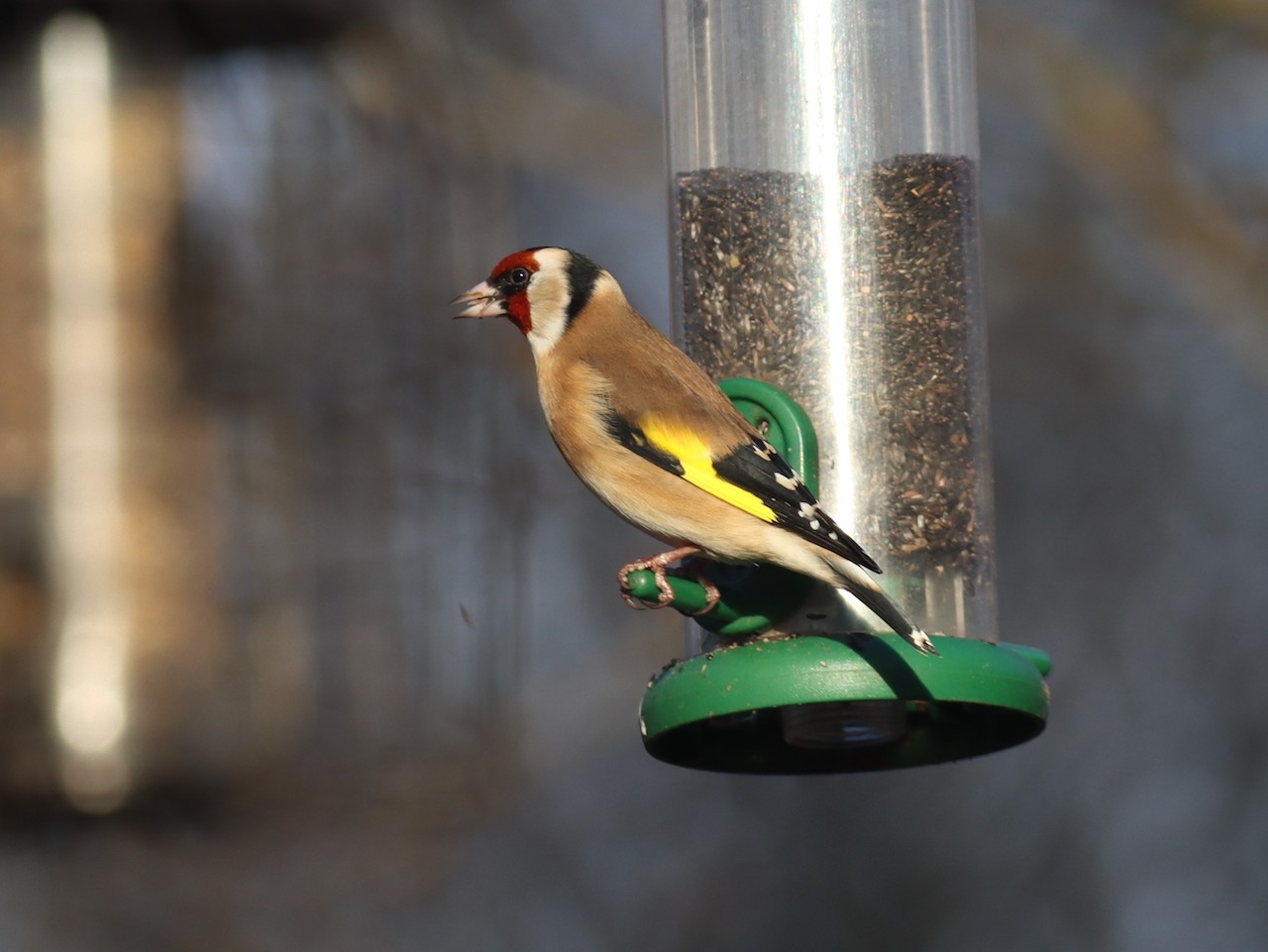
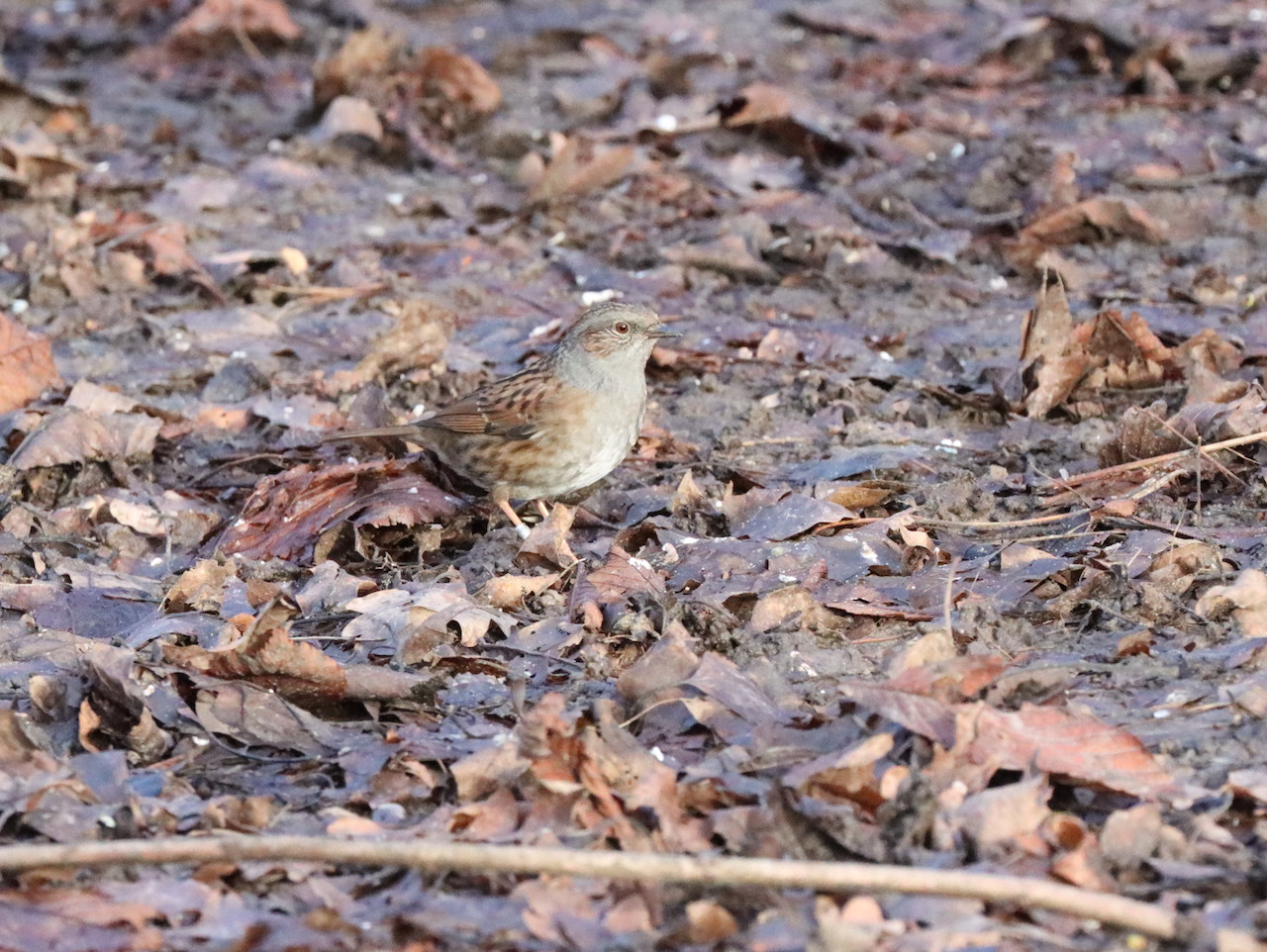
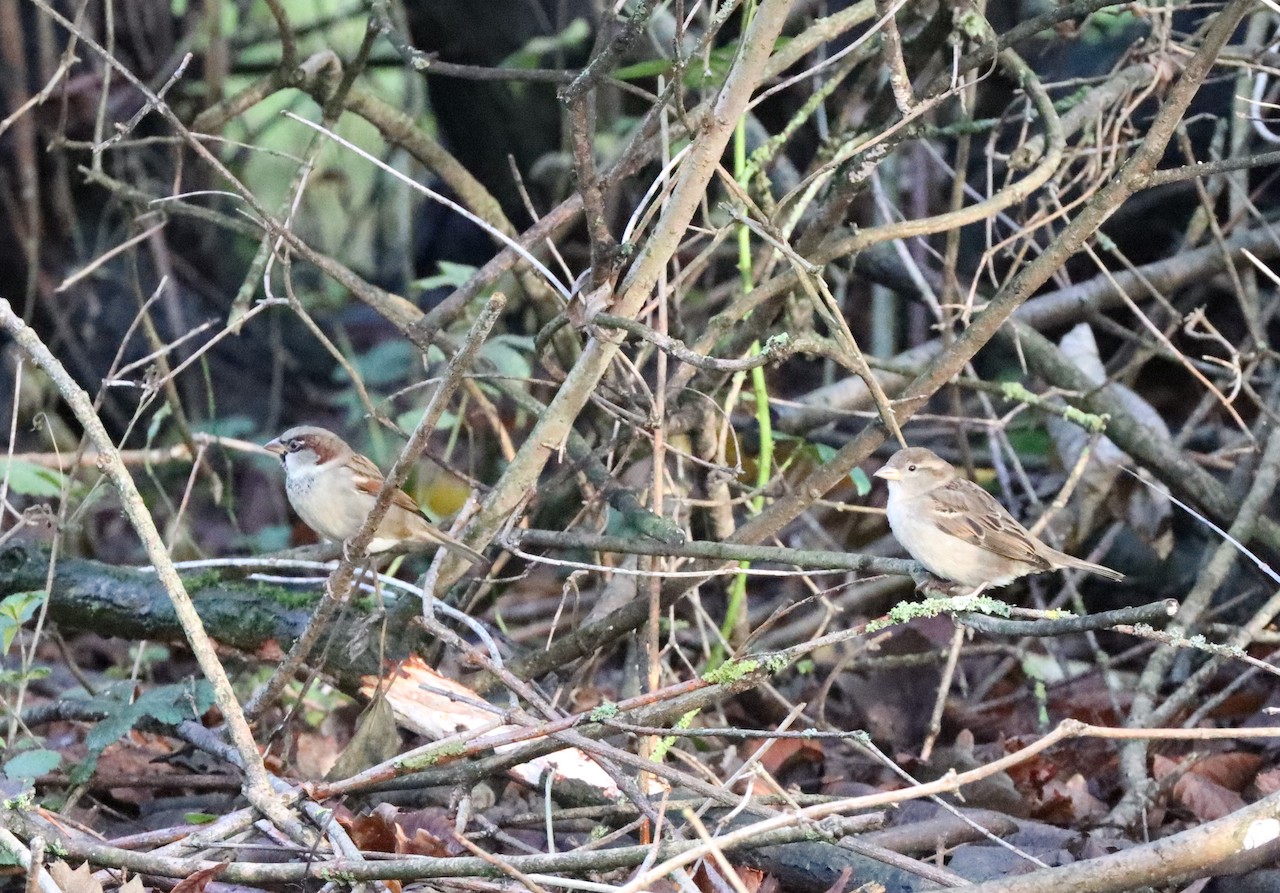

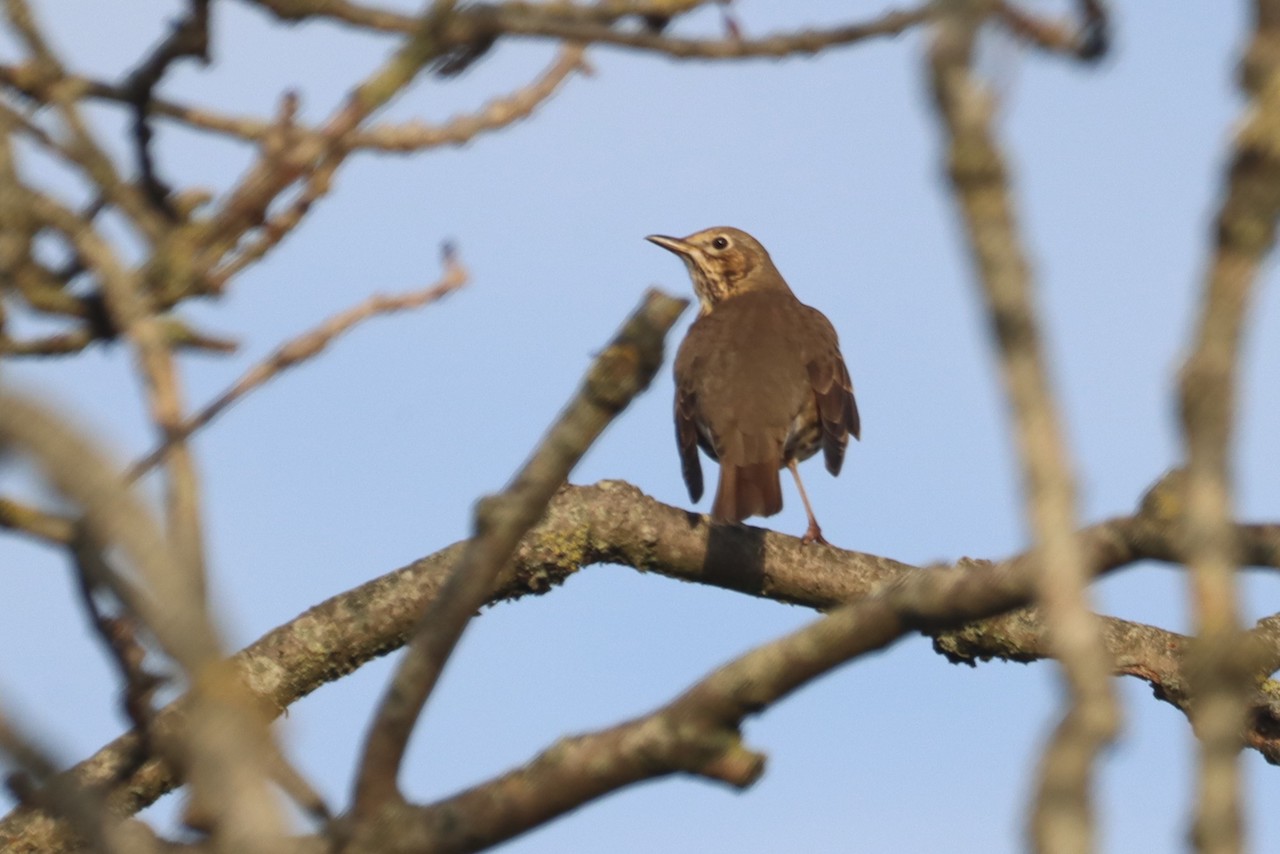
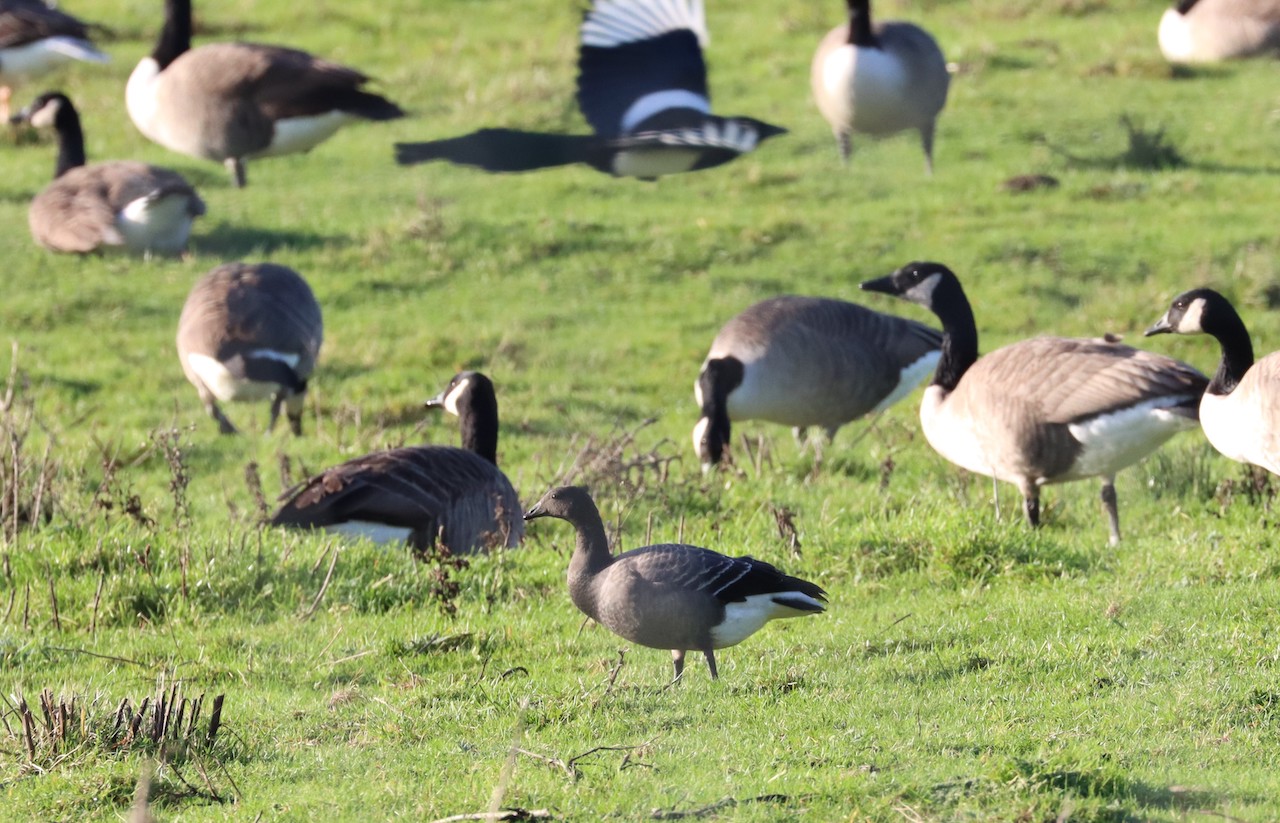
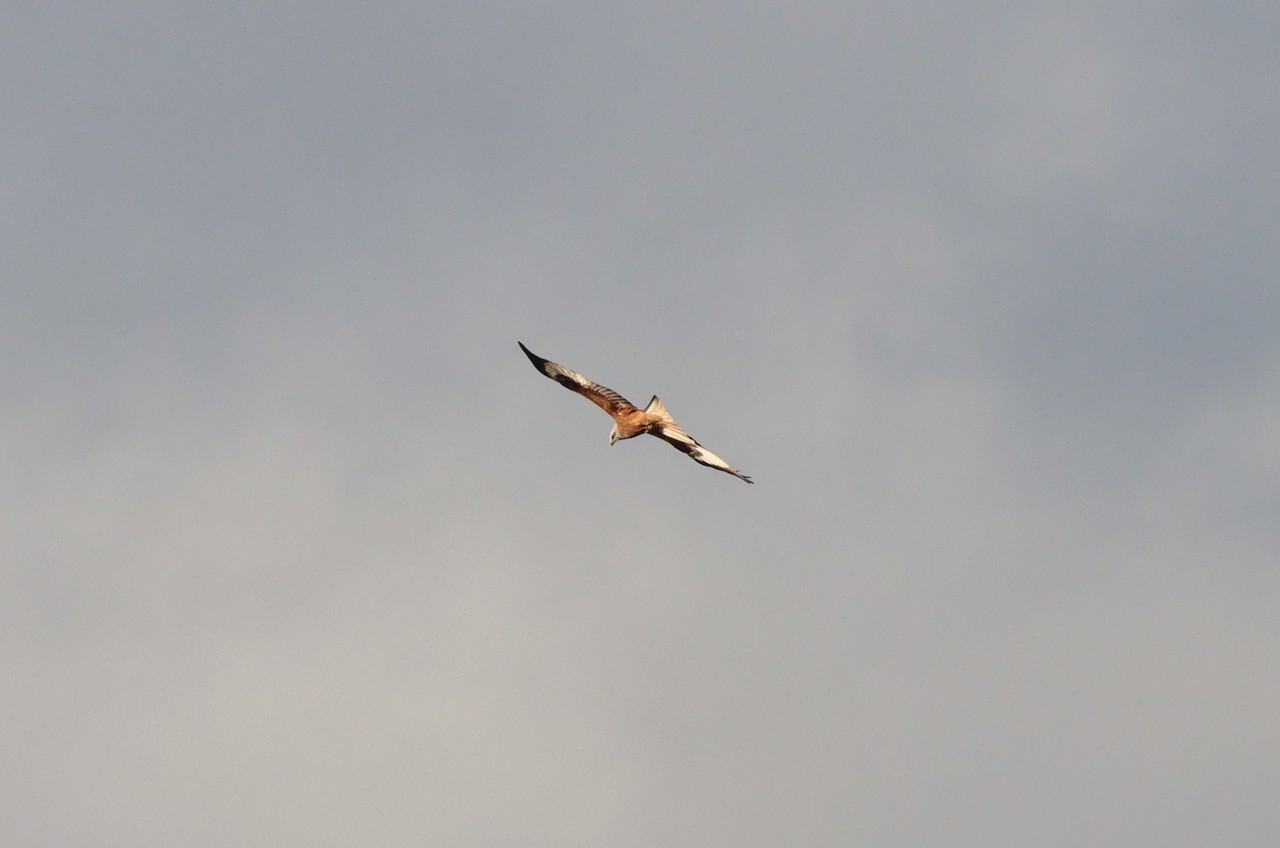

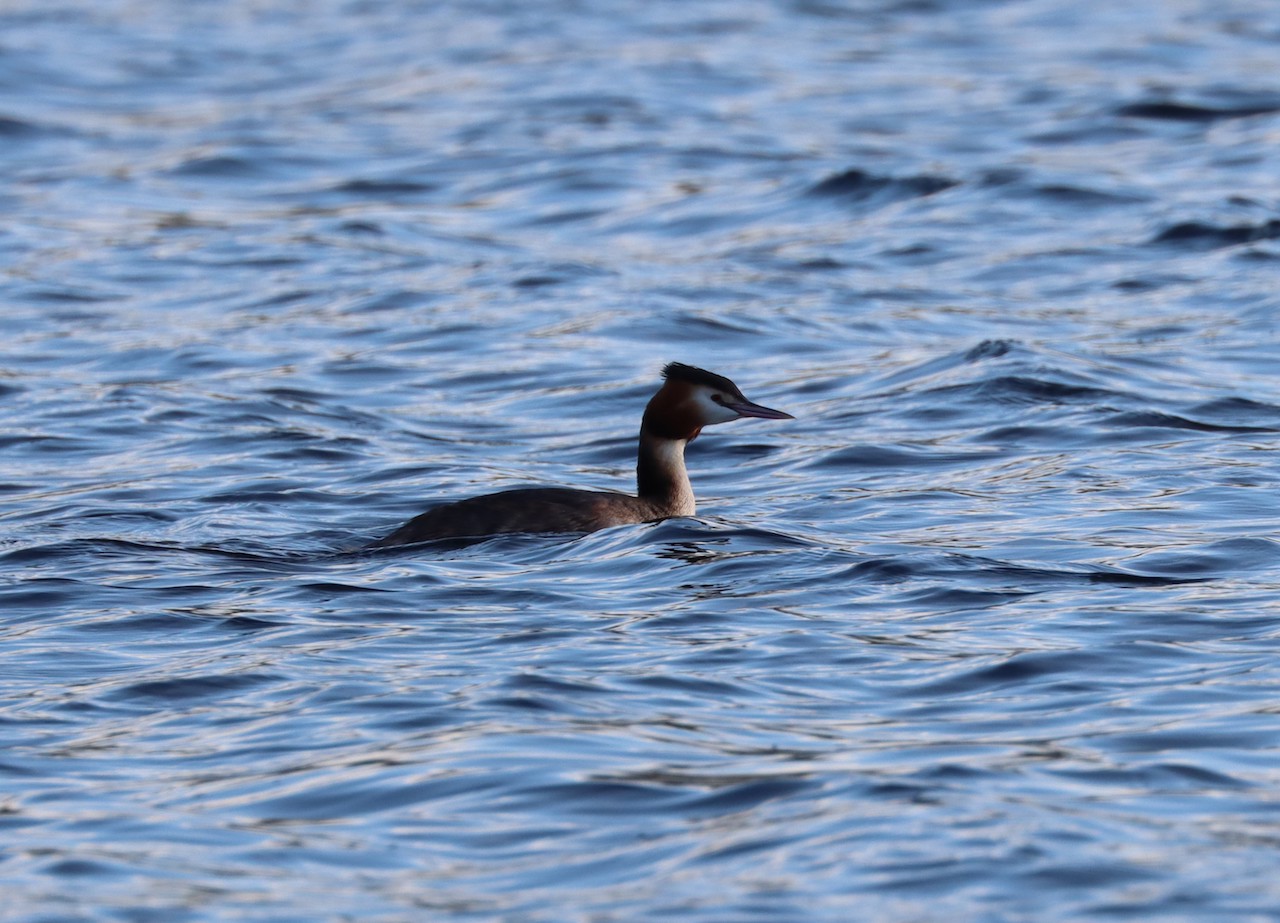
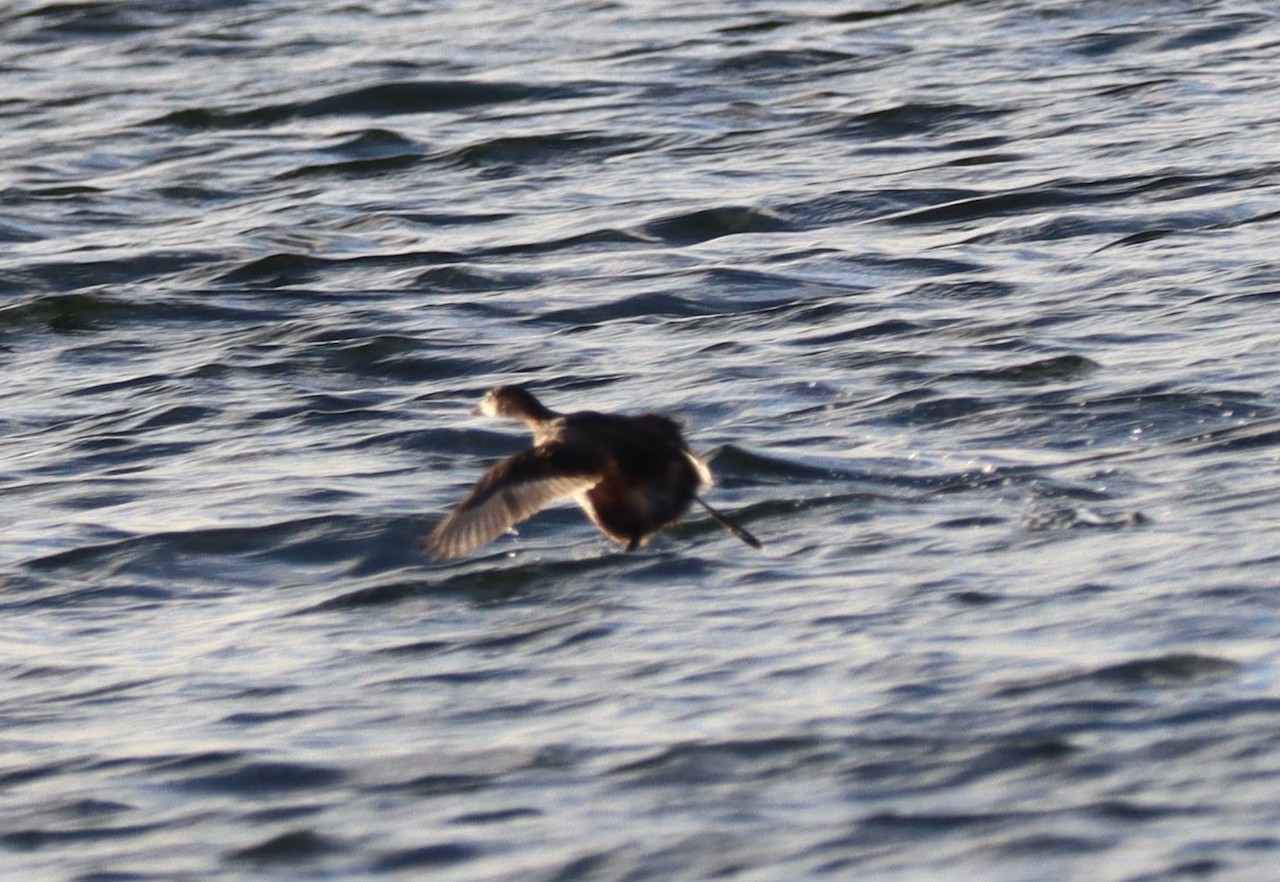
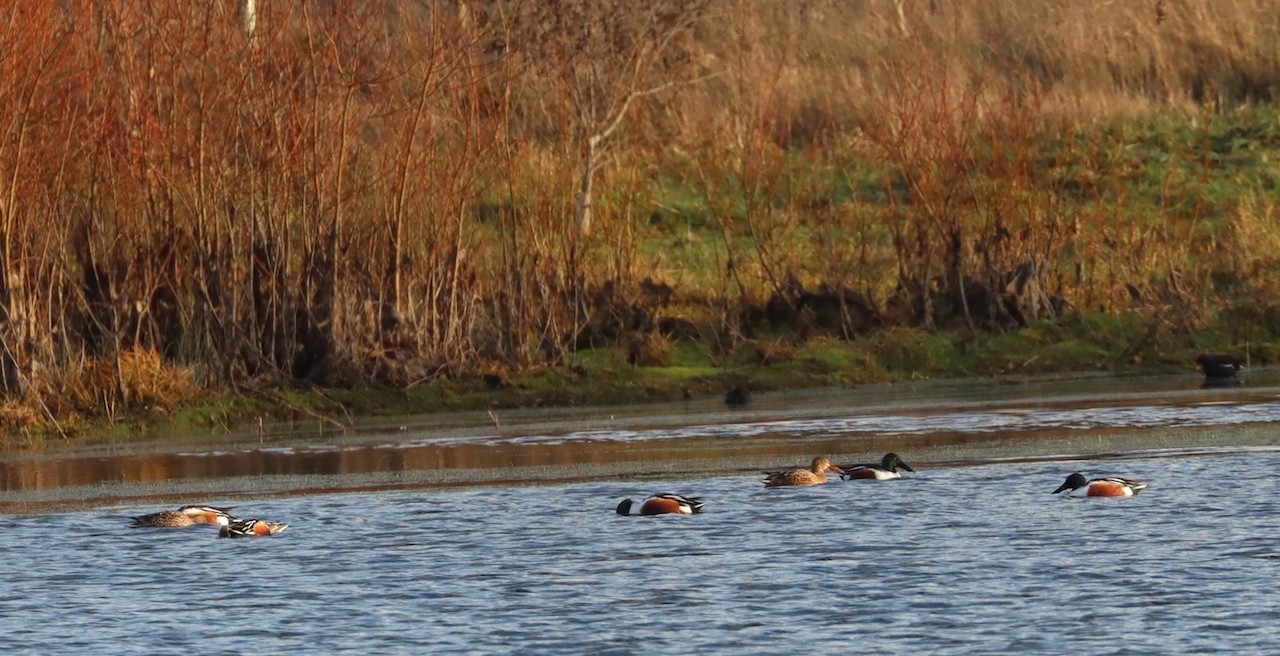
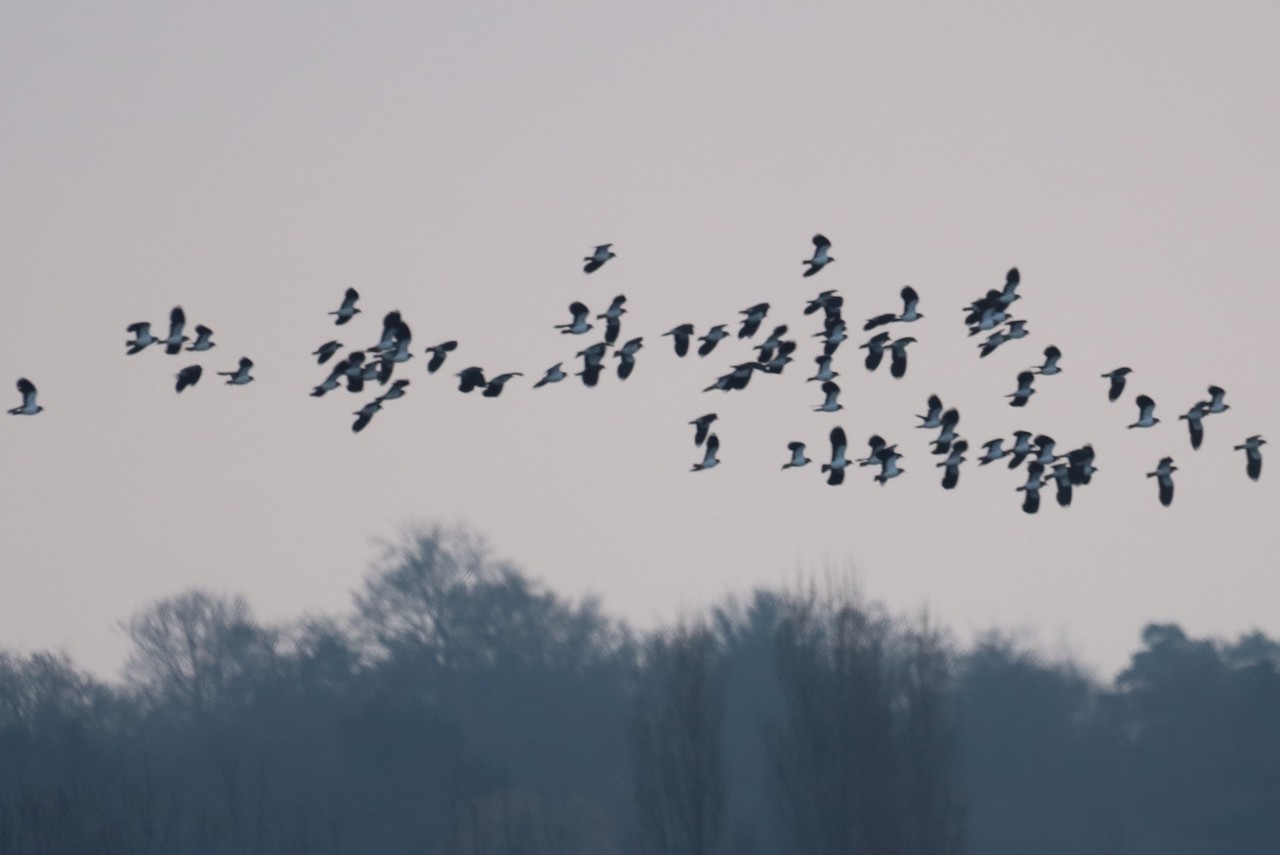
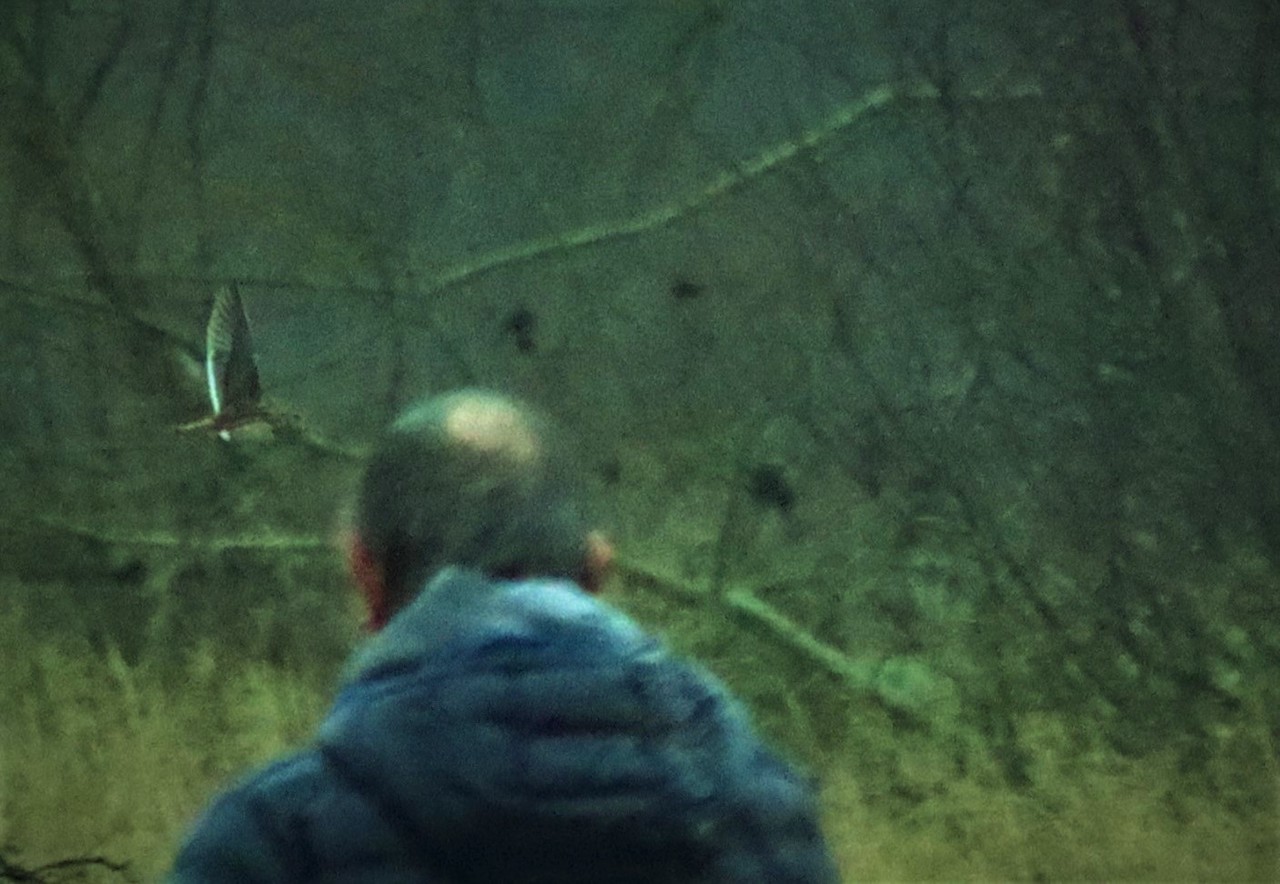
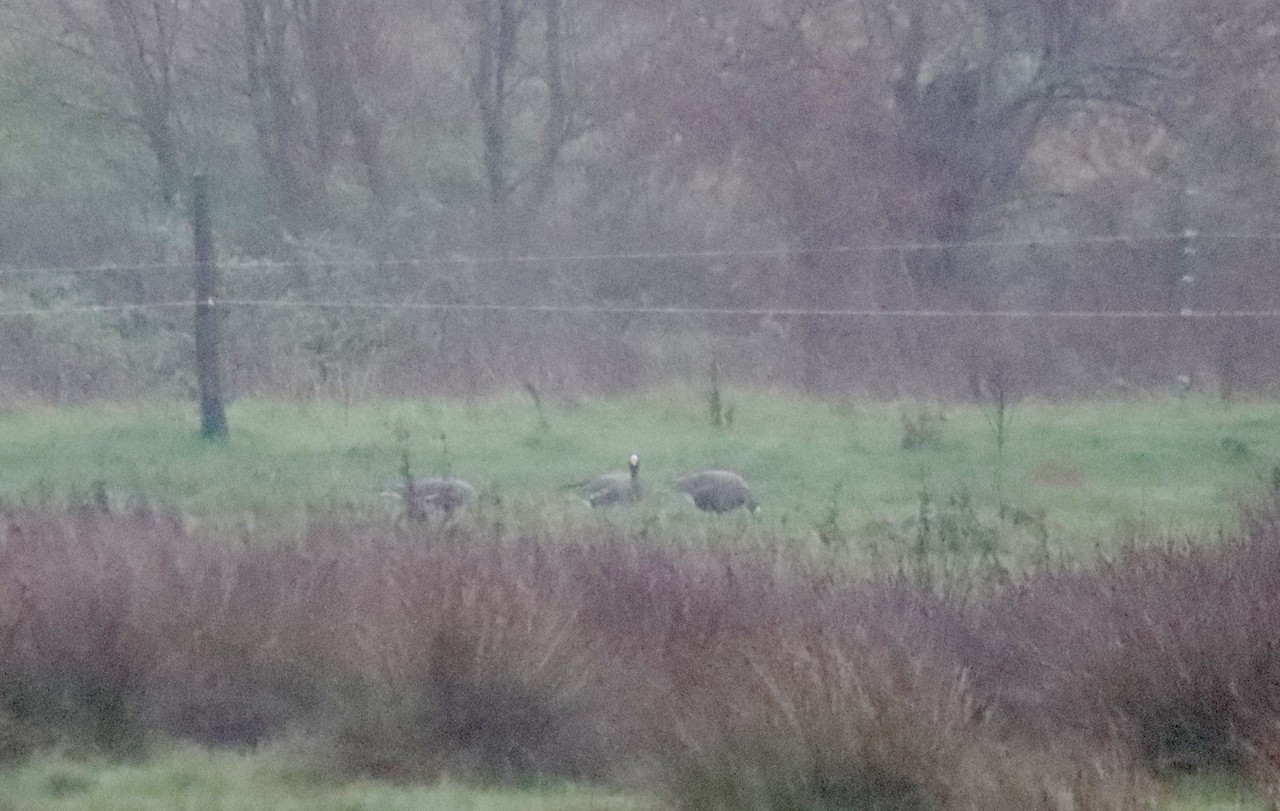

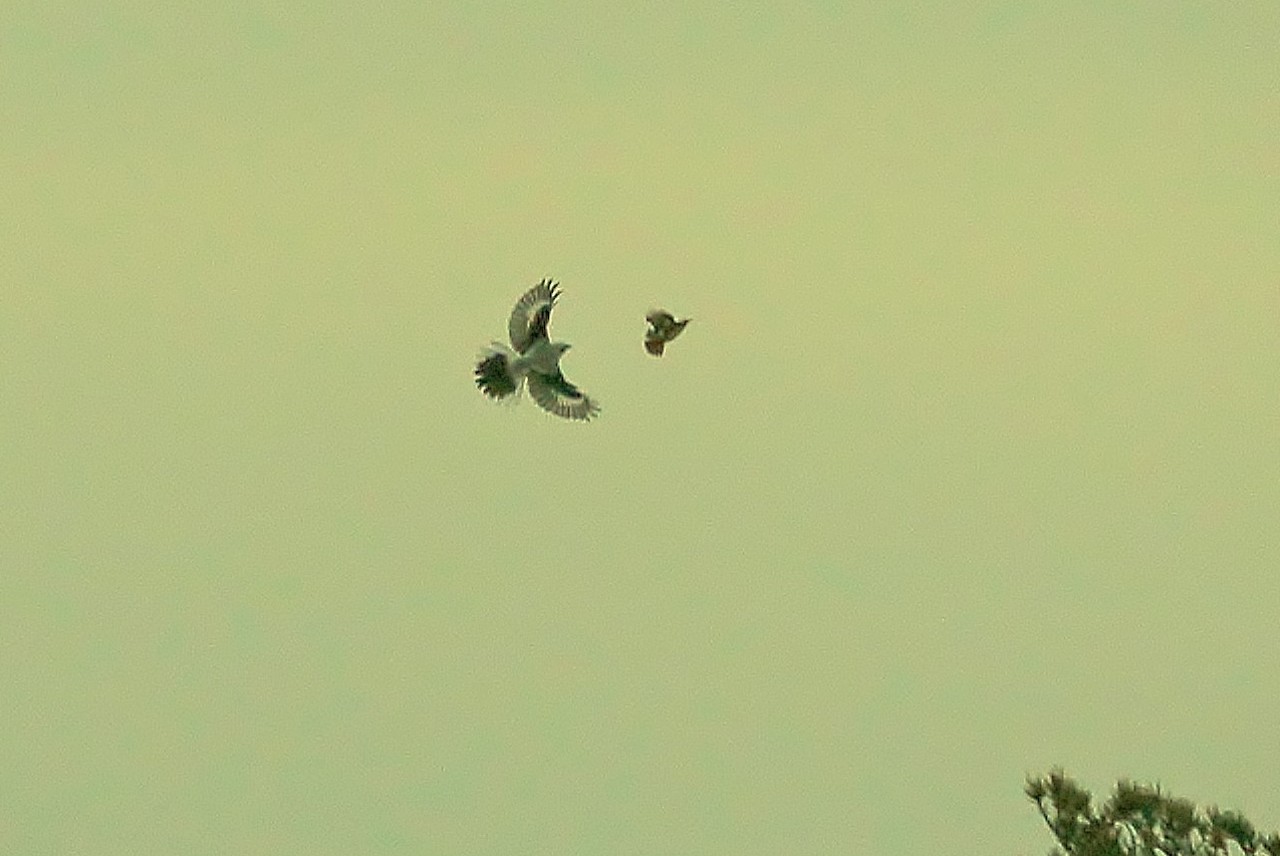
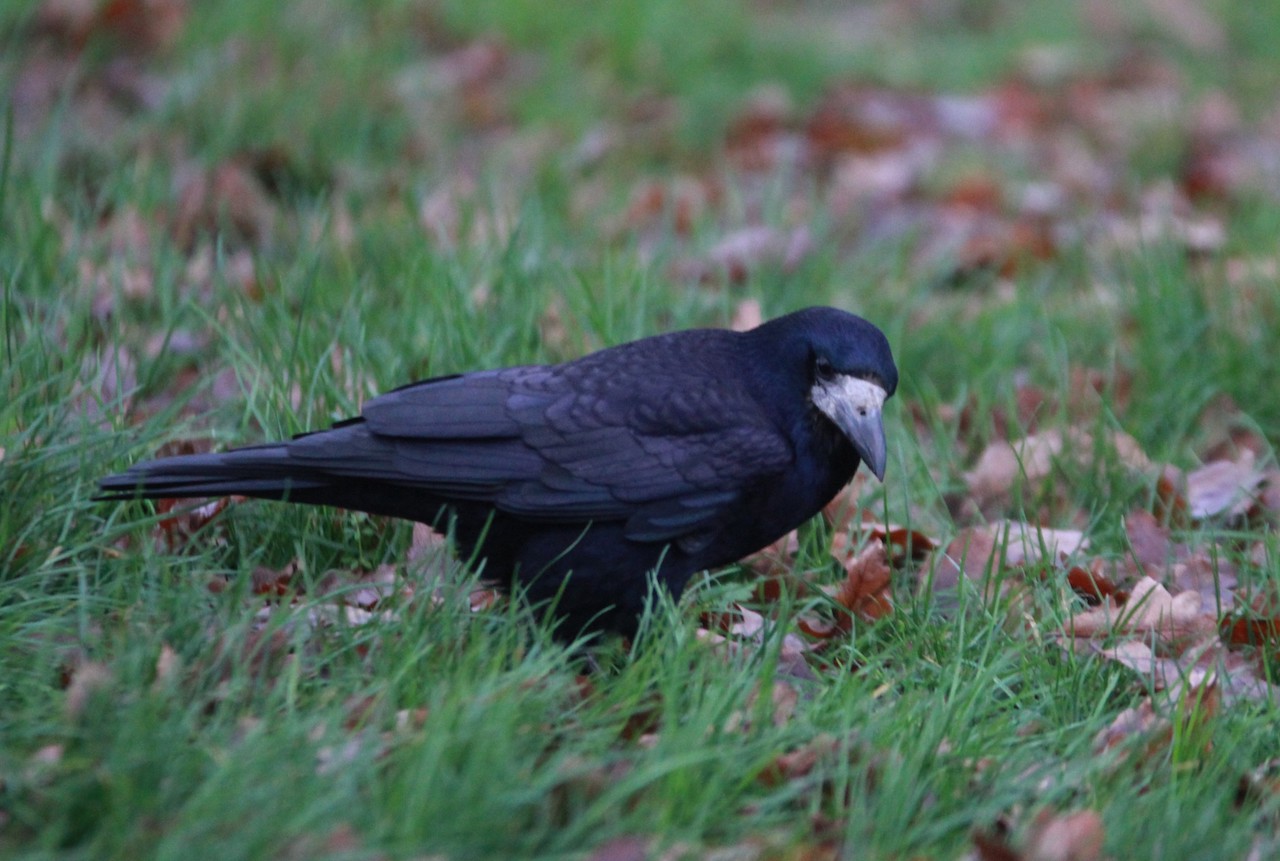
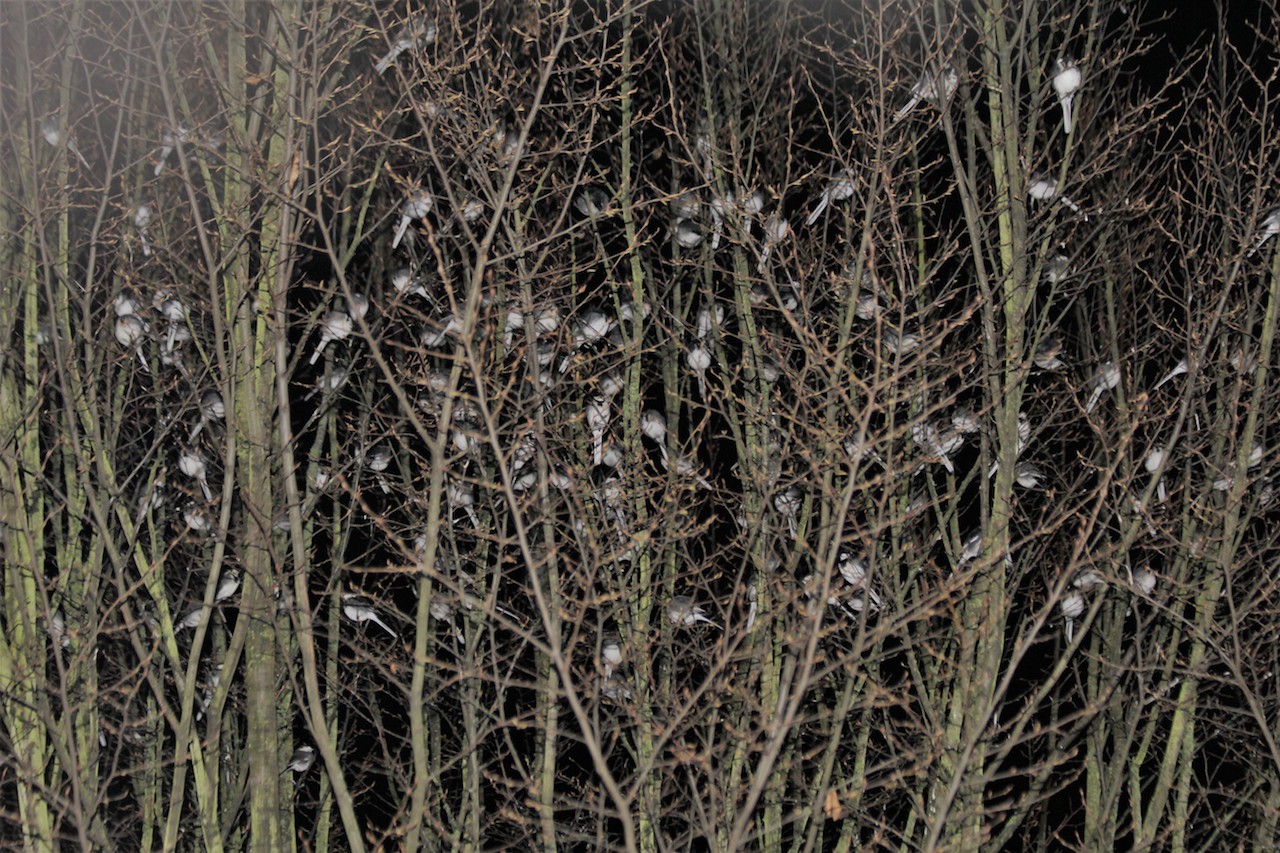
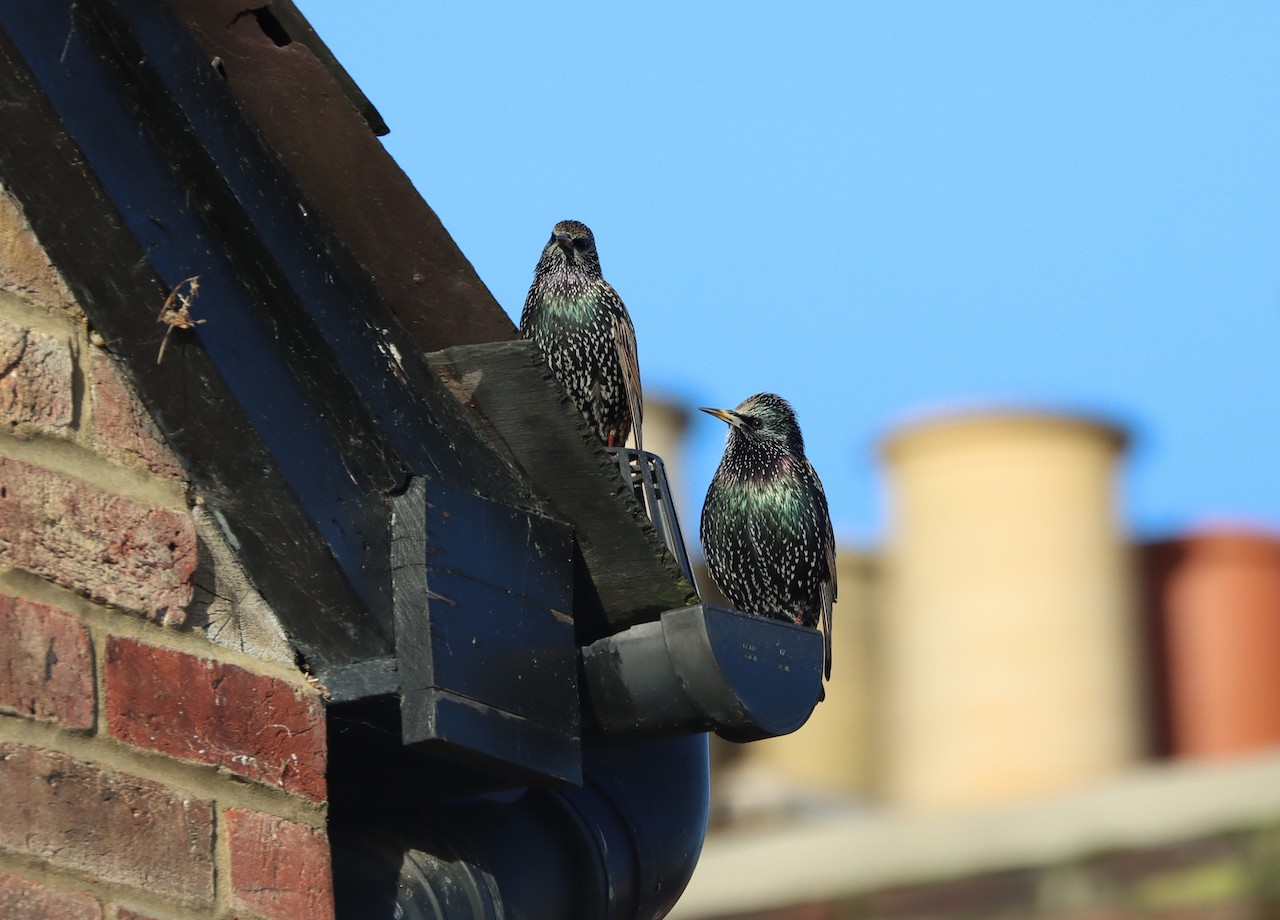
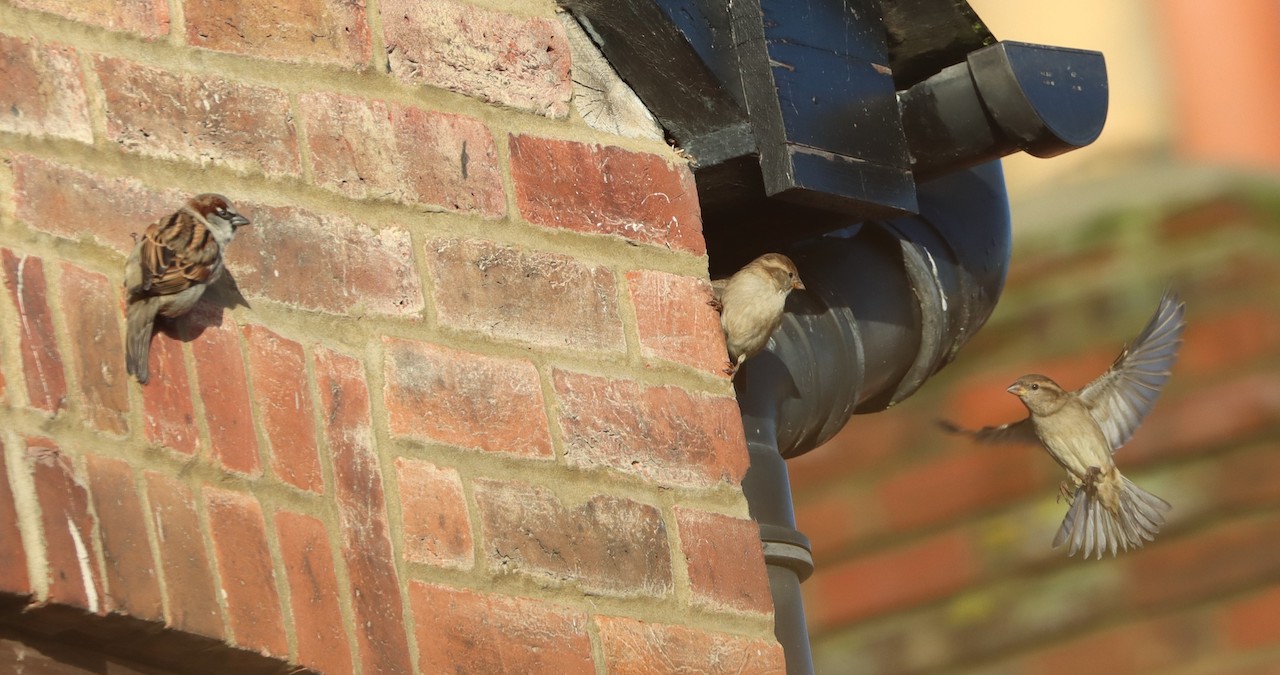
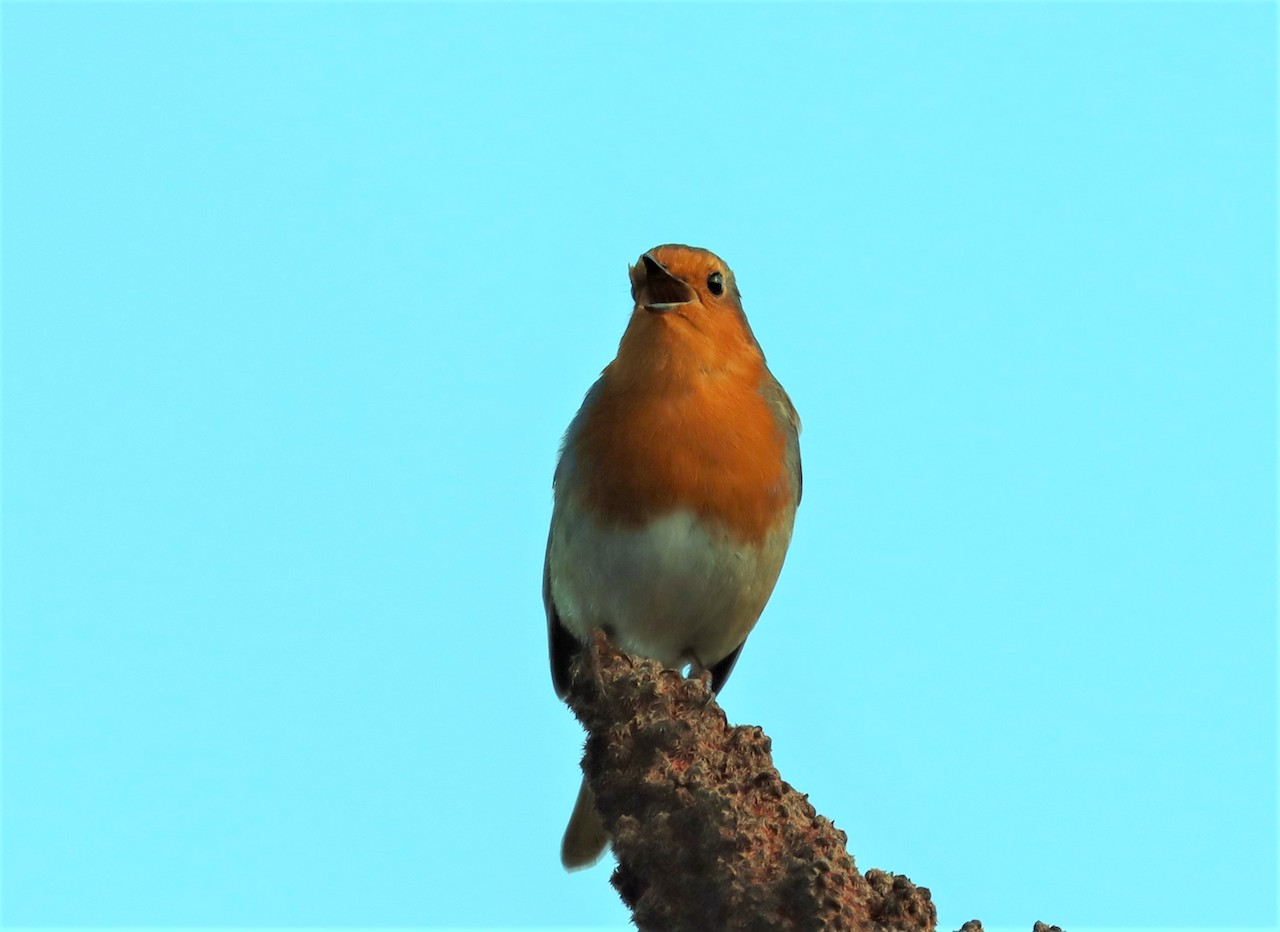







Steve Simnett
December 26, 2020 at 5:22 pm
Another great report from Malcolm Fincham.
Alix Tatlow
December 26, 2020 at 6:52 pm
Fantastic, thank you.
From the literally “common or garden” (no less appreciated for that) to the exotic. I’m glad your nature studies act as a de-stressor for you; but you also open up a window on the world for those less able to get out. Win-win!
James Sellen
December 26, 2020 at 8:32 pm
Nice one Malcolm. It’s amazing the variety of wildlife that can be seen in Surrey!
Margaret Askew
December 27, 2020 at 11:24 pm
Thank you for this.
Alan Diver
December 28, 2020 at 9:52 am
Thank you Malcolm for another well constructed report.
It is so nice to see the pictures of our ‘local’ birds in such detail and of course some of the birds we don’t see so often.
The picture of Jupiter and Saturn was lovely to see since I could not view the spectacle.